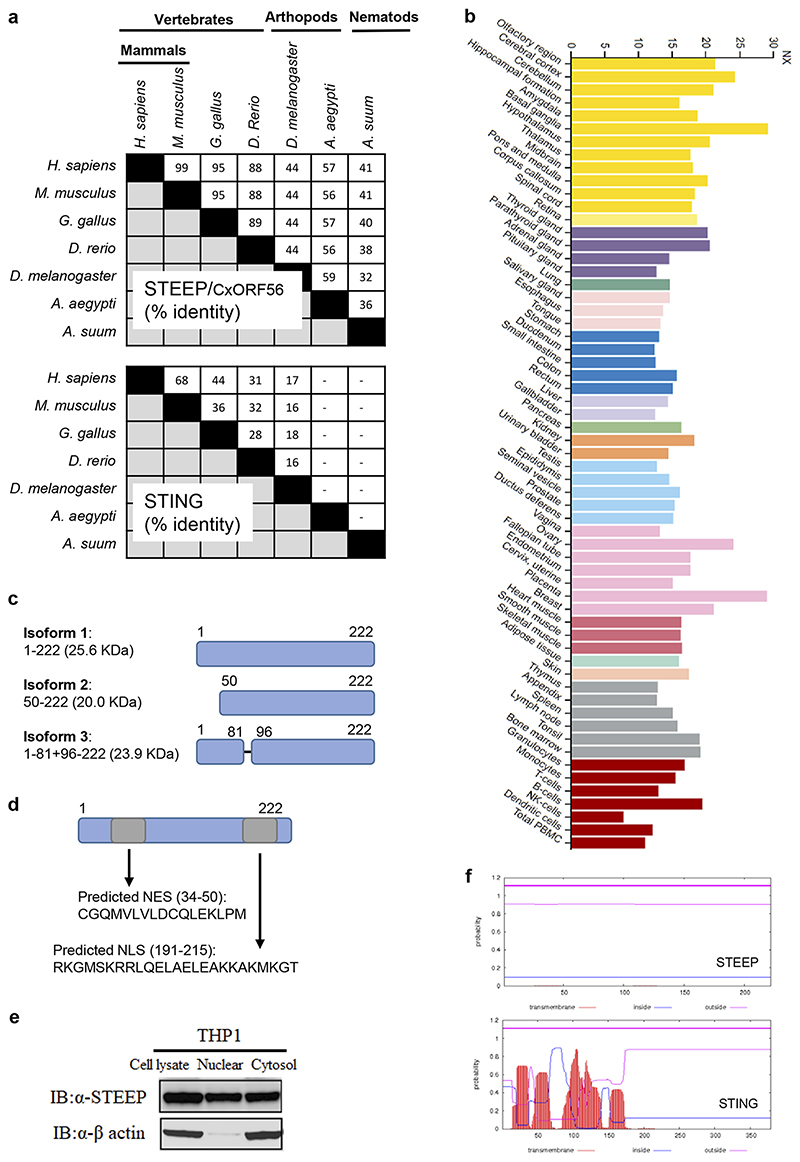Extended Data Fig. 1. Basic characteristics and properties of CxORF56/STEEP.
(a) Comparison of protein sequence identify between STING and STEEP in different species. (b) mRNA Expression of STEEP in human tissues. The data are from proteinatlas.org. (c) Illustration of the three known isoforms of STEEP. Source, uniprot.org. (d) Predicted nuclear localization and nuclear exit signals in STEEP, based on sequence analyses by cNLS mapper and LocNES, respectively. (e) Whole cell lysates, cytoplasmic fractions, and nuclear fractions from PMA-differnetiated THP-1 cells were immunoplotted for STEEP and β-actin. A representative blot is shown from n = 3 biologically independent experiments with similar results. (f) Predicted transmembrane regions in STEEP and STING. Based on sequence analysis by TMHMM.

